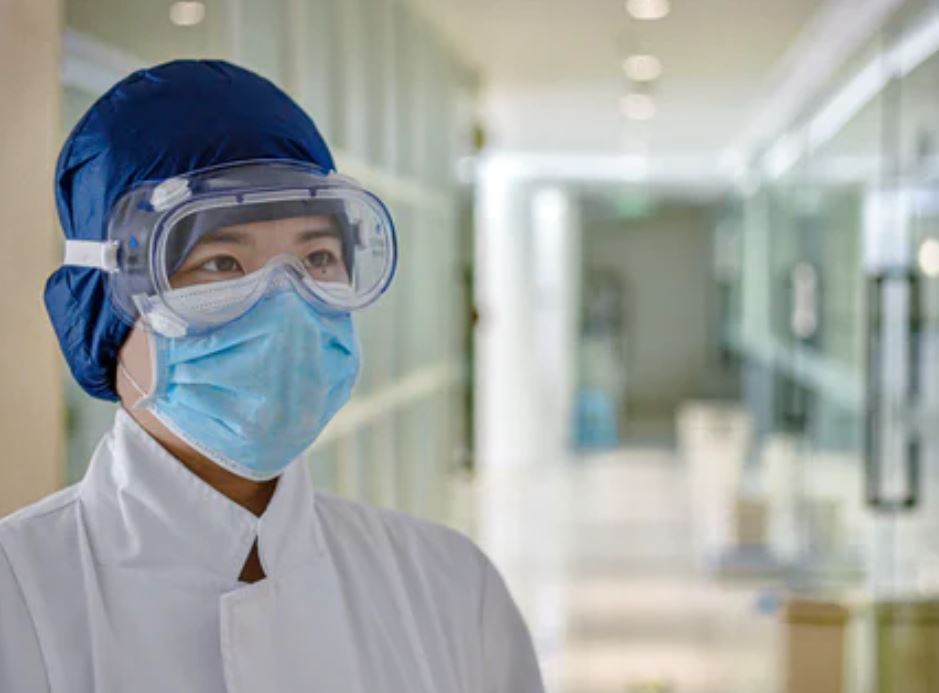People use personal protective equipment (PPE) to form a shield between two individuals to control cross-contamination. One of the essential components of PPE is the isolation gown. You can know more here about PPE equipment.
What Do You Mean by Isolation Gowns?
Isolation gowns are exclusive gowns that healthcare people wear to form a defensive shield between doctors and patients. These gowns are designed specially to face microorganisms that can spread through the air and contaminate it.
The Working of Isolation Gowns
Isolation gowns are designed to perform medical procedures effectively with a proper degree of safeguard against the penetration of liquids and germs that spread viruses and ailments.
When you wear an isolation gown, it forms a barrier between you and viruses. Also, they can resist the penetration of both dry and wet bacteria.
The Four Levels of Isolation Gowns
The Association of the Advancement of Medical Instrumentation or AAMI has differentiated isolation gowns in four protection levels to understand which isolation gown is suitable for you.
Level 1
Isolation gowns offering level 1 protection provide you negligible protection. You can use these gowns in general hospital conditions or when providing basic health care.
Level 1 gowns offer a minor barrier against fluids, but these gowns are not suitable for ICUs, blood draws, and pathology labs.
Level 2
Level 2 isolation gowns are suitable for you when you are in low-risk circumstances like working in ICUs or pathology laboratories, and you don’t need sterile surgical gowns.
These gowns stop more fluid than level-1 gowns, and hence, they are effective against fluid penetration occurring through splash or soaking.
Level 3
Level 3 isolation gowns are perfect for moderate risk instances like inserting IVs, blood draws from arteries, and trauma work, that requires surgical sterile gowns and equipment. These gowns work effectively against splashes and soaking too.
Level 4
Level 4 isolation gowns provide the highest level of protection, and hence, you can use them for all high-risk conditions like surgery in an operating theatre that demands sterile equipment.
These are heavy-duty gowns that can stop fluid and virus penetration for nearly one hour. They offer you protection against non-airborne ailments, pathogen resistance, and work as a barricade to huge amounts of fluids for longer durations.
Whichever gown you choose, it should fit comfortably over your body, cover the upper body, and have long sleeves to fit around your wrists. You can know more here about the size and length of gowns.
Important Gown Selection Factors
You must keep the following factors in mind when you select a protective equipment gown.
Risk
Choose clean or disinfected gowns, considering the specific risk factors involved in the tasks you perform. It is advisable to wear clean gowns for isolation purposes. However, sterile gowns are only essential when you perform invasive procedures like inserting a central line. In this instance, a sterile gown will defend both the patient and the health care worker.
Materials
Gowns are mostly made up of cotton or synthetic stuff. These materials are available in variable levels of fluid resistance. If fluid penetration is a worry for you, then you must select a fluid resistance gown.
Isolation gowns are the most preferred PPE clothing. You can pick isolation gowns for the times when you anticipate arm contamination.
Hence, isolation gowns are the best defense against infections and diseases. You can know more here about the right isolation gowns for you.




